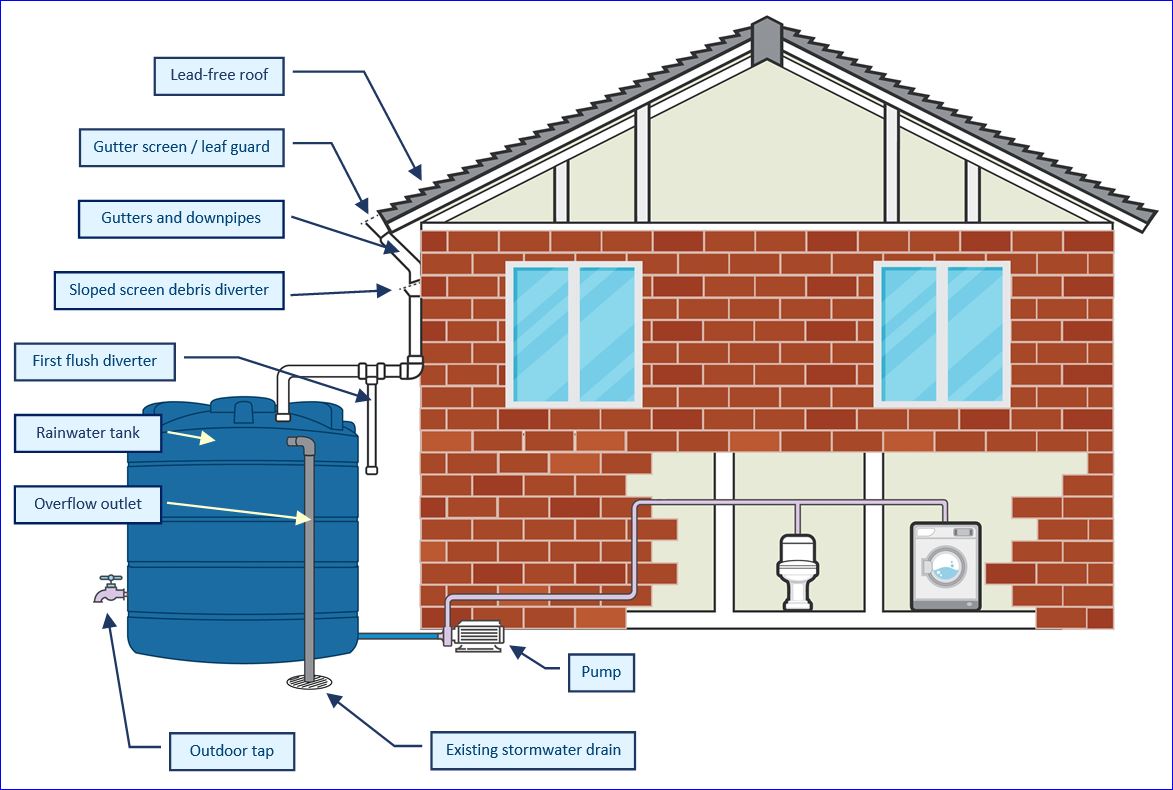Water tank cleaning is an important aspect of maintaining clean and safe water in New Zealand. In order to ensure that water tanks are cleaned properly, there are regulations and legal requirements that must be followed. This blog post will provide an overview of the regulations surrounding water tank cleaning in New Zealand, including legal requirements for regular cleaning and best practices for complying with these regulations.
Legal Requirements for Water Tank Cleaning in New Zealand
In New Zealand, there are several legal requirements for water tank cleaning that must be followed. The Health Act 1956 and the Drinking-water Standards for New Zealand both require that water tanks used for drinking water must be maintained and cleaned to prevent contamination. The Drinking-water Standards also specify the maximum acceptable levels of bacteria and other contaminants in drinking water, which can only be achieved through regular tank cleaning.
Non-compliance with the regulations can result in serious consequences, including the risk of contamination, fines, and legal action. It is therefore essential that individuals and companies comply with the regulations surrounding water tank cleaning in New Zealand.
Best Practices for Complying with Water Tank Cleaning Regulations
To comply with the regulations surrounding water tank cleaning in New Zealand, it is important to develop and implement a cleaning and maintenance plan. This plan should outline the frequency of cleaning, the methods used for cleaning, and the chemicals and equipment required. It is also important to ensure that the cleaning process is carried out safely and effectively, with the use of appropriate personal protective equipment (PPE) and training.
In addition, it is important to regularly inspect water tanks for signs of damage or wear, and to repair any issues promptly to prevent contamination. It is also recommended to keep a record of all cleaning and maintenance activities, which can be used to demonstrate compliance with the regulations if necessary.
Frequency of Water Tank Cleaning in New Zealand
The frequency of water tank cleaning in New Zealand varies depending on several factors, including the size of the tank, the level of use, and the quality of the water source. As a general rule, it is recommended to clean water tanks at least once a year for residential properties, and more frequently for commercial or industrial properties.
It is important to note that inadequate cleaning frequency can result in contamination and other risks to health. It is therefore essential to follow the recommended cleaning frequency and to monitor water quality regularly to ensure that the cleaning frequency is adequate.
Methods of Water Tank Cleaning in New Zealand
There are several methods of water tank cleaning in New Zealand, including manual cleaning, high-pressure cleaning, and chemical cleaning. Each method has advantages and disadvantages, and the most appropriate method depends on several factors, including the size and type of tank, the level of contamination, and the quality of the water source.
It is important to choose the most appropriate cleaning method to ensure that the cleaning is effective and does not cause damage to the tank or the water source. In addition, it is important to use appropriate PPE and to follow the manufacturer’s instructions when using cleaning chemicals and equipment.
Conclusion
In conclusion, compliance with the regulations surrounding water tank cleaning in New Zealand is essential to ensure the safety and quality of drinking water. It is important to follow the legal requirements for regular cleaning and to implement best practices to ensure the safety and effectiveness of the cleaning process. By following these guidelines, individuals and companies can ensure that their water tanks are properly cleaned and maintained, and that the water they provide is safe and of high quality.
